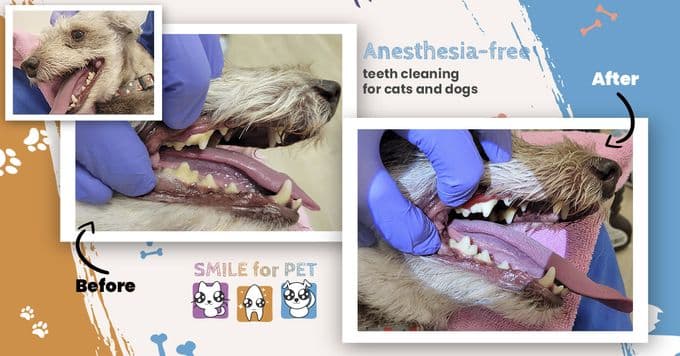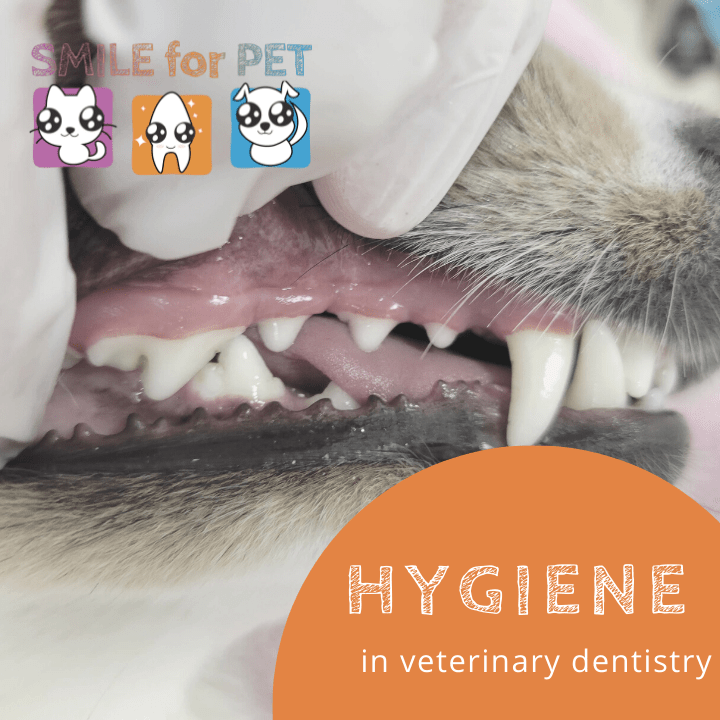- Possible signs that your pet needs dental help
- Why do you need the hygiene of the oral cavity? What equipment is used during the process of teeth cleaning for dogs and cats?
- Methods in pet’s hygiene
- Common causes of tartar
Veterinary dentistry is a young and developing branch of veterinary medicine that studies the structure of teeth, oral mucosa, jaw and considers various causes of pathologies. New England may have some of the most advanced veterinarians in dentistry in the U.S.
90% of dental care in the U.S. comes down to tooth extractions and antibiotics treatment. That is why it is worth paying extra attention to oral hygiene. Hygiene includes cleaning the dog’s teeth at home and professional dental hygiene without or with anesthesia.
Possible signs that your pet needs dental help:
- Halitosis (bad breath).
- Visualized dental plaque.
- Discoloration of tooth enamel.
- Loose or missing teeth.
- Modified gums (bleeding, tissue overgrowth, blood flow after eating)
- Difficulty eating.
- The presence of swelling or puffiness under the eyes.
- Discharge from the nasal cavity.
- Restless behavior (the animal tries to brush the area of the jaw and teeth).
- Hypersalivation (increased salivation).
- Lethargy decreased activity.
- Change in taste preferences (refusal of dry food).
- Weight loss.
Animals, like humans, need daily brushing. It is done with a specialized toothbrush and paste, although Smile4pet advises against using a toothbrush. An animal’s gums are often damaged, and the mechanical force with a stiff brush aggravates the situation. Professional preventive cleaning can prevent many pathological processes in the oral cavity.
Unfortunately, many owners neglect these rules for caring for their pets and come to see a doctor when dental deposits are visible to the naked eye. This condition causes discomfort in the animal.

Why do you need the hygiene of the oral cavity? What equipment is used during the process of teeth cleaning for dogs and cats?
Oral cavity sanitation is a complex of procedures that allows you to detect and eliminate various pathologies. This manipulation helps to cure the oral cavity and eliminate possible complications of other body systems and organs. An essential stage of hygiene of the oral cavity is the removal of dental plaque.
A few years ago, a dental plaque was removed mechanically with hand tools, but this procedure does not remove plaque completely from the teeth and is the most vital “stress factor” for the animal.
Smile4pet uses more gentle and innovative methods, one of which is ultrasonic cleaning. This method practically does not have any side effects. Plaque is removed without enamel damaging.
Methods in pet’s hygiene:
There are two basic methods for cleaning dogs’ teeth: the classic anesthesia-based and the progressive one – Anesthesia-free teeth cleaning. The anesthesia-based method makes sense when the dog needs additional dental intervention, such as removing several teeth (extractions) or gum surgery. If you choose to use anesthesia-based treatment, make sure that this procedure is vital. Ask your veterinarian if he/she uses an x-ray.
Alternative:
A more modern and progressive way of brushing your teeth is without the use of anesthesia (Anesthesia-free). By choosing methods for brushing your teeth without anesthesia, you minimize the risk of side effects. Teeth cleaning without anesthesia is also performed using ultrasonic equipment.
After a complete brushing, the teeth are polished using various polishing attachments.
Common causes of tartar:
- Weakened immunity.
- Malocclusion
- Metabolic disease.
- Rare preventive treatments and/or their absence.

